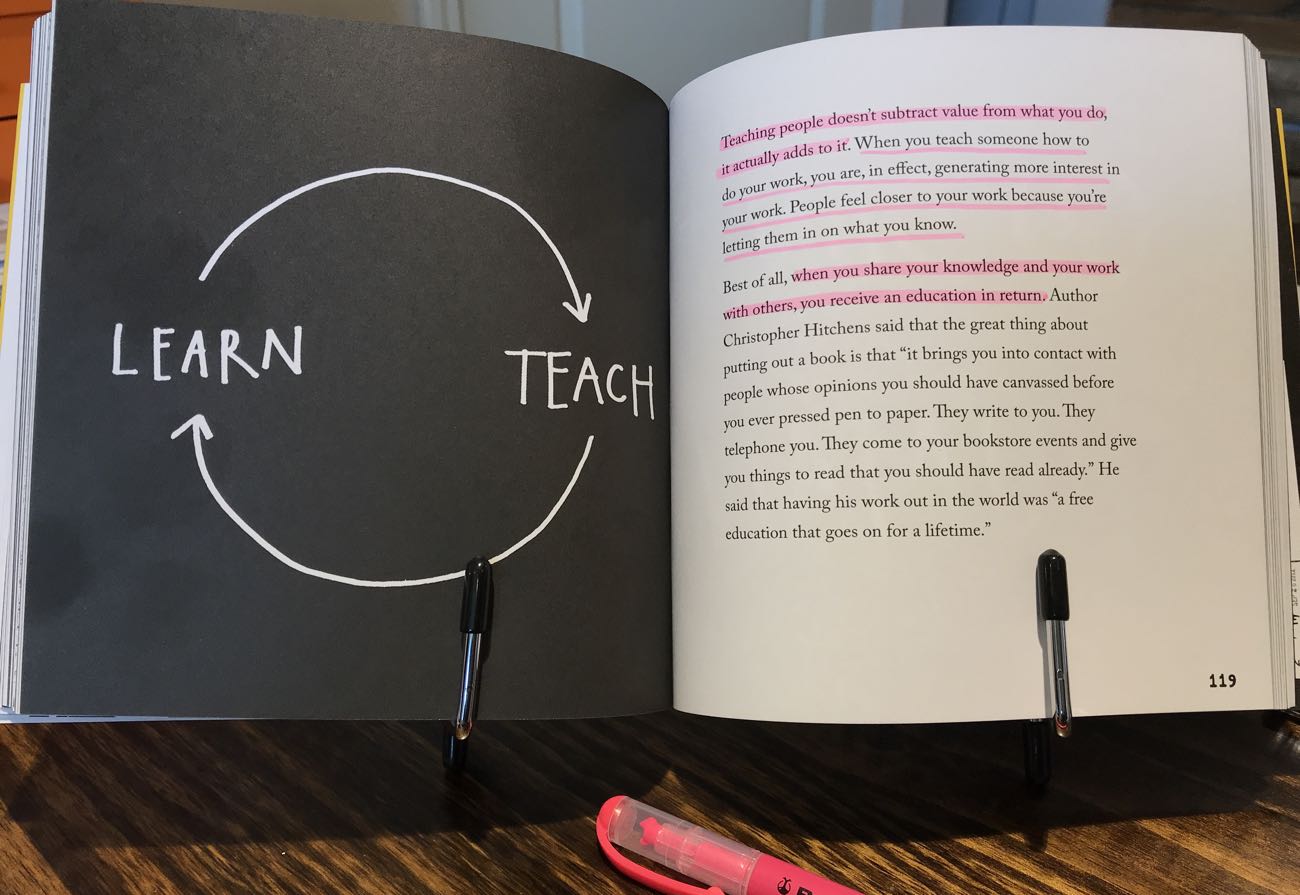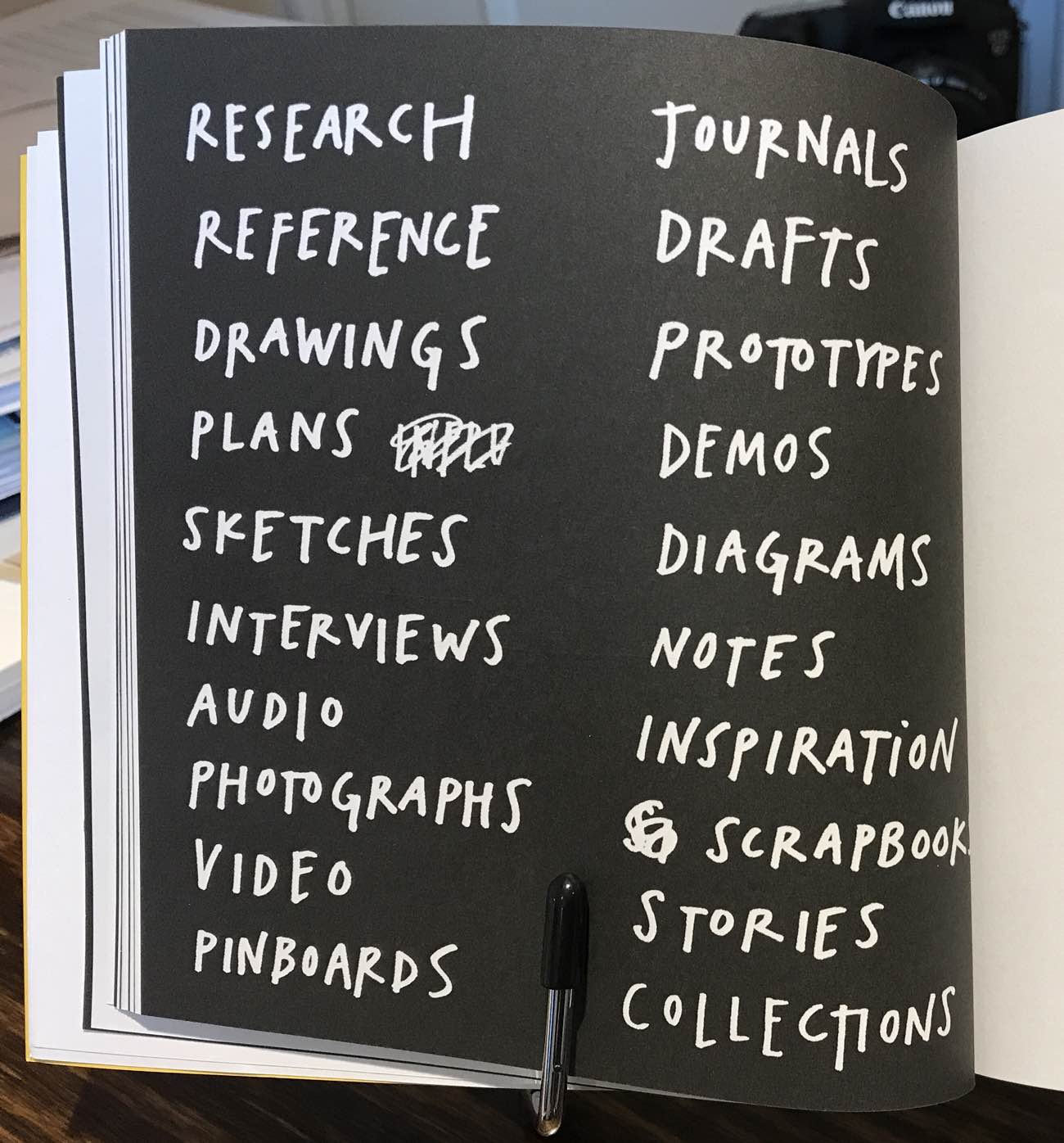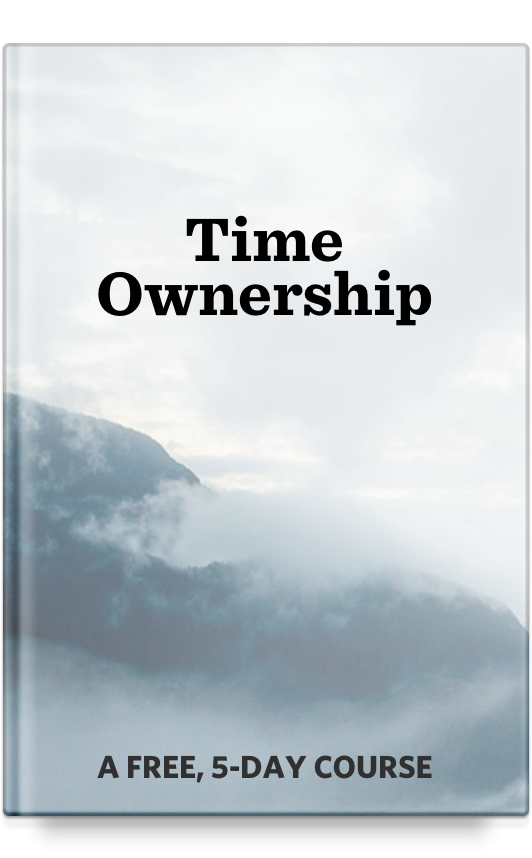I have two modes of work: Monk Mode and Publishing Mode.
When I’m in Monk Mode, I have a tendency to go dark to the outside world. All of my working hours are spent with my keyboard, some books, my team, and a whiteboard. I don’t publish much to my websites, nor do I update Twitter or Instagram all that much.
But when I’m in “Publishing Mode” then it’s somewhat the opposite. Most of my working hours are spent publishing things to my sites, tweeting, etc. But I’m not focusing on any particular project or product.
A goal of mine has been to operate in both of these modes simultaneously. And, to be candid, it’s a huge challenge. Fortunately, at least I’m not alone…
This challenge is something that came up several times during my Breckenridge Mastermind retreat this past June. Many of us shared about the challenge of how to be head down in a big project (such as a book, a course, etc.) while not letting all the other work get left behind.
For example, a few guys in particular shared about how they are currently working on a new book, and thus have stopped publishing blog posts, etc. because they are giving all of their time to writing and creating this Next Big Thing.
Showing Up Every Day
I’m a huge advocate of showing up every day. But that coin has two sides:
- You’ve got to show up to your place of work and do the work.
- You’ve also got to show up in public and share that work.
My friend, Nathan Barry, has a similar mantra (or two). He encourages people to Create Every Day and Teach Everything You Know.
Austin Kleon writes about this in his book, Show Your Work.

He addresses the challenge of doing the work and sharing your work with two suggestions:
- Don’t be afraid to share stuff — anything at all that is interesting or cool or behind the scenes or personal. You don’t have to connect all the dots, just share those dots.
- You will have to make time in your day to share your work.
What’s special and important about sharing your work is that it adds a human element to what you’re doing. And it is the story about something — the why and the how — that is just as important as the final something itself. In fact, oftentimes it is the why and the how that give value to the what.
A few folks who I think are excellent at showing their work include Jessica Abel, Federico Viticci, and Jeff Sheldon. The behind-the-scenes stories and snippets that these people share often intrigue me more than the final work they put out. They make it look easy, but I’m sure they would say it’s anything but.
For me, I am still in search of a workflow and rhythm that supports (a) deep work and creating huge pillar products while also (b) frequently publishing articles, podcasts, ideas, links, inspiration, etc. I’d like to get better at sharing artifacts from my daily work and opening the door to my creative process while also keeping my ability to stay in “Monk Mode” on a regular basis, focusing on building big projects.
And that’s where this month’s reading comes in.
Show Your Work, by Austin Kleon
I bought Show Your Work in response to the challenges above. I’ve read through it twice now, and I love how light, easy, and approachable Austin’s writing is.
You can read the whole book in a single evening after dinner, or on a lazy Saturday morning while you drink your coffee. It’s fun and easy and quick to read, yet full of things that make you think.
Read it with a notebook handy. Austin does a great job at moving you past your doubts and objections and giving you easy ideas for ways you can show your own work.
As he says in the very beginning of the book, the key is to think process, not product. “Keep an amateur’s mind — where the possibilities are limitless. Be a connector, a teacher, an open node. Don’t hoard.”
Here are a few quotes that particularly stood out to me recently…
On collecting the scraps and documenting your progress:
“How can you show your work even when you have nothing to show? The first step is to scoop up the scraps and the residue of your process and shape them into some interesting bit of media that you can share. You have to turn the invisible into something other people can see.”
”Whether you share it or not, documenting and recording your process as you go along has its own rewards: You’ll start to see the work you’re doing more clearly and feel like you’re making progress. And when you’re ready to share, you’ll have a surplus of material to choose from.”

On doing the work:
“Don’t let sharing your work take precedence over actually doing your work. If you’re having a hard time balancing the two, just set a timer for 30 minutes. Once the timer goes off, kick yourself off the Internet from sharing your work and get back to work.”
On Teaching what you know:
“Teaching people doesn’t subtract value from what you do, it actually adds to it. When you teach someone how to do your work, you are, in effect, generating more interest in your work. People feel closer to your work because you’re letting them in on what you know.”
“Best of all, when you share your knowledge and your work with others, you receive an education in return.”
You can get Show Your Work for just $9 on Amazon where I highly recommend the physical paperback version because it’s jam packed with illustrations.
